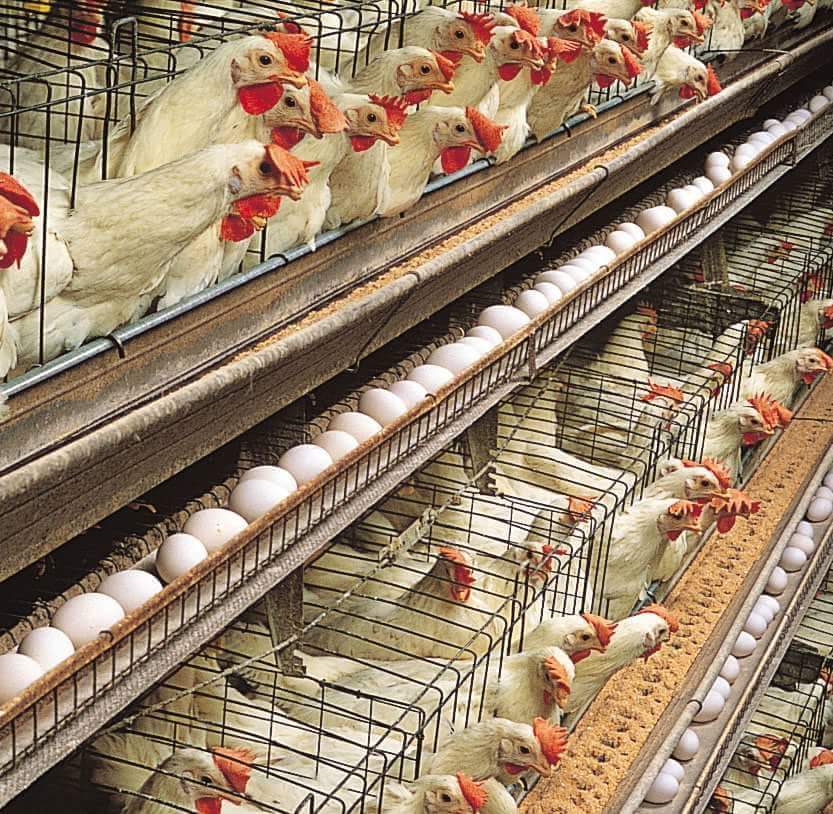The economics of an egg: It’s all pain and no gain for farmers
By – PASHUDHAN PRAHAREE NETWORK
The sale price is no match for the production costs
The nutritional benefits of the egg — the proteins, the vitamins and the carotene that helps eyesight — are well documented and recognised. It’s, however, not the case with the economic aspects of the product — the breakup of investments that a poultry farmer puts in under various heads to produce an egg are neither well documented nor widely recognised.
The difference between the cost of production and sale price is always to the disadvantage of the farmer. Though it has been the norm for the past few years, the difference now is often breaching ₹1 in some egg production areas in the country.
The egg, which is arguably the best source of nutrients at that price, is very weak when it comes to the economics of its production. The farmers who are producing the eggs, making India the second biggest producer in the world after China, are bleeding. A protest by a group of egg producers at the ongoing India Poultry Expo – 2019 here has highlighted the harsh reality.
Annual production
India produces about 90 billion eggs annually, with Tamil Nadu, Andhra Pradesh, Telangana, West Bengal and Haryana producing the bulk of them.
A quick check with the protesting farmers threw light on the costs involved. The farmers peg the cost of production (or farm gate price) of an egg at ₹4.09 (some say it could vary between ₹3.80 and ₹4.09.), while the retail prices are ruling at ₹5-6 a piece. The breakup reveals layer feed is the highest component (see table).
There are also intangible costs, such as the losses occurred due to the death of birds or lower production by a bird. “Remember, this breakup is after assuming that a bird lays 310 eggs (average yield of a bird) in a year. While the cost of production is going up because of sharp raise in feed costs and other costs, the price suggested by the NECC (National Egg Coordination Committee) always falls short of it. This leaves us with losses,” an NECC member farmer alleged.
Losses this year
Estimates peg the losses in the range of ₹150-₹250 a bird so far this year, resulting in a total loss of ₹7,500 crore.
In 2018, while the cost of production was at ₹3.83, the average NECC price stood at ₹3.62. This year, the average NECC price is at ₹3.66 against a cost of production of ₹4.09.
One protester alleged that there is a glut of broiler (what people consume) and layer (egg laying) birds due to excess production at the hatcheries. This, he claims, leads to a fall in the prices due to the skewed demand-supply equation.
A top NECC executive, however, denied the allegation of the protesters. “The NECC divides the country into 24 zones, with local representatives manning such zones. It is not to correct to say that the NECC doesn’t know what’s happening at the production centres,” MB Desai, a senior leader of NECC, has said.
NECC mandate
NECC’s mandate includes the declaration of “reasonable price for eggs that offers a fair return to farmers, decent margins to the middleman and a fair price to the customer.” It also monitors egg stock levels at different production centres and supply needs in the consumption States, and seeks to maintain a balance between demand and supply.
Some poultry farmers feel the NECC is not doing enough to protect their interests. AKP Chinraj, Lok Sabha MP from Namakkal, the hub of egg production in Tamil Nadu, backs their view. He has opined that the NECC should talk to the producers and traders regularly to discuss the issue.
“Another key reason is a sharp increase in feed (maize) costs. Feed takes the lion’s share in the cost of production, consuming 50-60 per cent of the total costs. Maize prices were ruling well over ₹2,000 a quintal, making it unaffordable for us,” a protester contended.
The protesters allege that the NECC, which declares indicative prices, has lost touch with the ground level realities.
Maize prices
The Centre had fixed a minimum support price (MSP) of ₹1,760 a quintal of maize for the 2019-20 season. The Telangana government did release the commodity at ₹1,850 from the Markfed. “But due to lack of awareness, small farmers could not benefit much. At one point, prices went up to as high as ₹2,300-₹2,500,” said the protester quoted earlier.
In the open market, maize prices have cooled down a bit but the farmers are yet to see the commodity arriving at the poultry farms.
Scaling down
How long can the poultry farmers take the pressure? “Some of the farmers are shutting down or scaling down operations. It is no longer viable,” said the protester.
Chakradhara Rao, President of the Indian Poultry Equipment Manufacturers’ Association (IPEMA), said it was time the farmers scaled down production. The only other option is to continue with the same production levels and suffer losses, he added.
“It is up to them to increase demand and get a better price, reducing production by 5-10 per cent, or produce more and get lower prices,” he observed.



